
According to U.S. Dept of Health & Human Services; World Health Organization, Wikipedia, National Academies Sciences Engineering and Medicine, NY Justice Corp, Science Daily, and many renown scientists who have studied the stages of human development:
- Young adolescents are aged 10 – 14 years;
- Adolescents are aged 14 – 18 years; and
- “Young Adults” refers to people from 19 to approximately 28 years of age.
Adolescent brain undergoes profound changes in structure and function, and therefore, is still developing. Young adolescents and adolescents don't have the mental capacity to truly know right from wrong. Their brains don't have cognitive control, nor the processing of social information.
According to PubMed and Dr. Patrick Carnes, founder of the International Institute for Trauma and Addiction Professionals, the consumption of pornography / sexually explicit material and the inappropriateness of sexualizing of children, can cause measurable harm, such as:
- Earlier sexual debut;
- Engages with multiple and/or occasional partners;
- Emulating risky sexual behaviors such as rape, abortion and sexually transmitted infections;
- Assimilating distorted gender role;
- Dysfunctional body perception, such as body image dissatisfaction and eating disorders
- Low self-esteem;
- Poorer academic performance;
- Aggressiveness;
- Anxiety;
- Depression;
- Teen dating violence – includes physical, emotional or sexual abuse;
- Strong suicidal ideation (1 in 6 students);
- Pornography addiction -- Sexual gratification results in a surge of a hormone called dopamine that the Cleveland Clinic describes as providing “a sense of pleasure.”
The correlation between porn and suicide - Integrity Restored Podcast.
Naturally, human beings will seek out activities providing them with that spike of dopamine, whether it be eating sugary foods or sex. The effect is worse on adolescents as their developing brains release more dopamine, and thus are more susceptible be becoming addicted to porn. The problem, of course, is that excessive amounts of dopamine naturally result in depression or anxiety. A Cambridge University found that a porn addict’s brain resembles that of an alcoholic or gambling addict.
There is an appalling push to lure children into reading sexually explicit books and watching pornography and at a young age.
According to software cybersecurity company, Webroot, around 200,000 Americans are considered to be addicted to porn, 40 million regularly go to porn sites and 35% of all internet searches involve porn.
Even more disturbing is that nearly 3/4 of teens have said they watched porn, and 15% said they have watched porn before they reached the age of 11.
Nearly 60% said they came across porn accidently, and 31% disturbingly said they watched porn while they were at school.
There are very serious implications in the role of non-photographic pornography in grooming and child sexual abuse.

Children aged 6 to 12 are exposed to pornography sites hosting non-photographic pornographic content featuring cartoons likely to appeal to children, including cartoons of popular superheroes, Disney characters and children’s characters, such as My Little Pony.
According to a Family Research Council (FRC) report reading sexually explicit books and watching porn makes it more likely that people "hold harmful attitudes toward women and girls, including attitudes supportive of violence," more likely to exhibit sexual aggression and engage in "risky sex."
It also noted that children at an elementary school age “are potentially exposed to as many as 80,000 sexualized portrayals of girls in the span of one year” and that “research indicates that girls who are exposed to sexualized portrayals of young women show increased rates of anxiety, depression, eating disorders, and low self-esteem.”
This is why we believe so strongly in keeping sexually explicit books and the like away from children, as it is absolutely crucial to protecting children from being brainwashed by pornography and forming self-destructive habits.
The dangers of porn – especially for minors – is that there is plenty of research to indicate that porn is addictive. Sexual gratification results in a surge of a hormone called dopamine that the Cleveland Clinic describes as providing “a sense of pleasure.” Naturally, human beings will seek out activities providing them with that spike of dopamine, whether it be eating sugary foods or sex. The danger with porn is that, as Neuroscience News explains, “habituated porn users instinctively reach for their phones and laptops when desire comes calling” rather than a spouse or partner. Naturally the effect is worse on adolescents as their developing brains release more dopamine, and thus are more susceptible be becoming addicted to porn. The problem, of course, is that excessive amounts of dopamine naturally result in depression or anxiety. It’s no wonder that a 2013 study from Cambridge University found that a porn addict’s brain resembles that of an alcoholic or gambling addict.
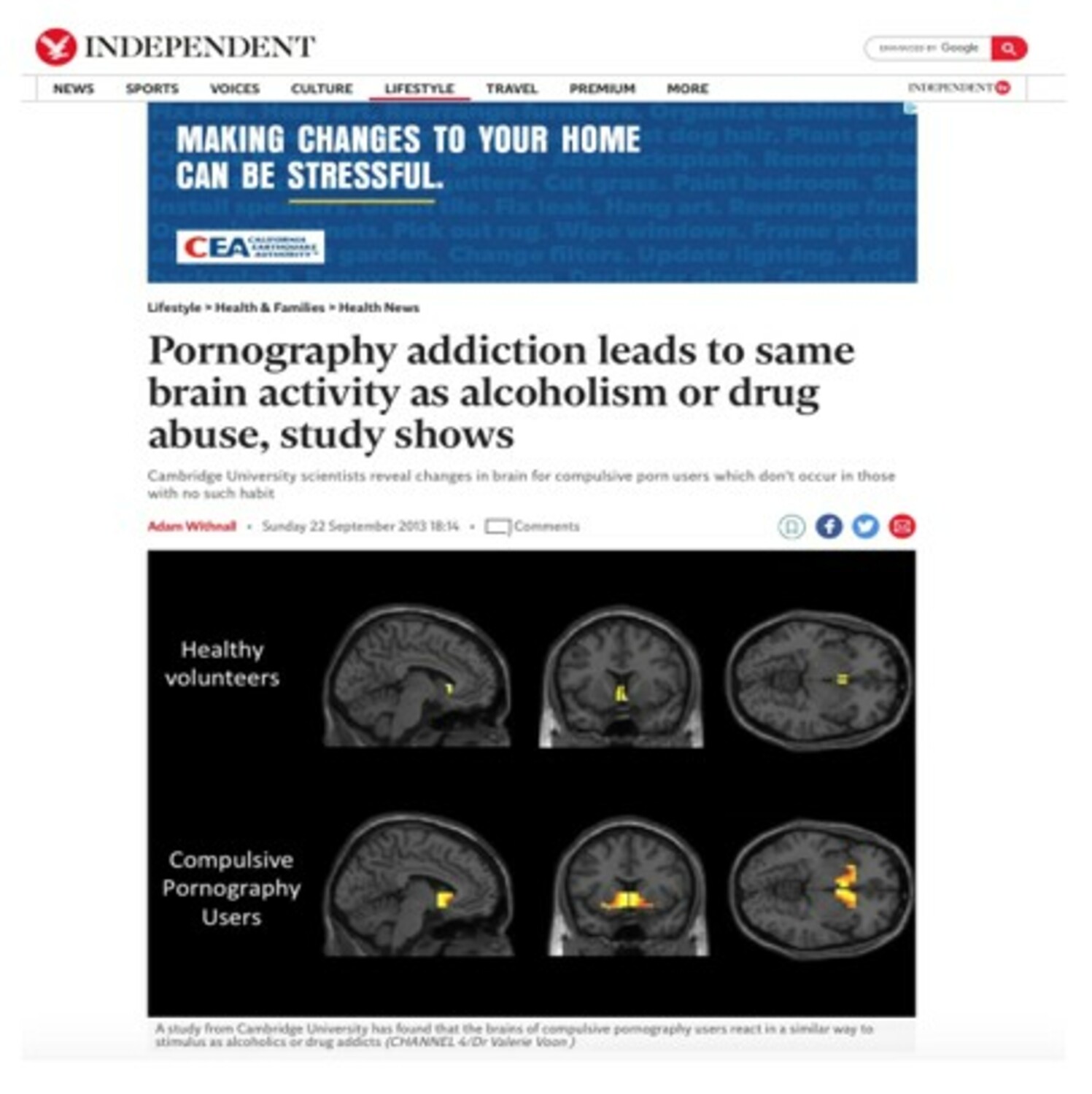
The predictable result is that, according to a 2018 study, avid consumers of porn are more likely to feel lonely. The study concluded that watching porn acts as “self-soothing, autoerotic narcosis from real-life circumstances, an experience that mirrors a drug-like intoxication” but ignores the true cause of an individual’s loneliness, thus developing a vicious cycle in which porn and loneliness feed each other.
The same study also found that porn can drive a wedge in relationships. There is plenty of research highlighted by the parental control app to suggest that couples who watch porn tend to have lower relationships satisfaction and it ignites conflict within the relationship, ultimately making it more likely that couples break up or get divorced.
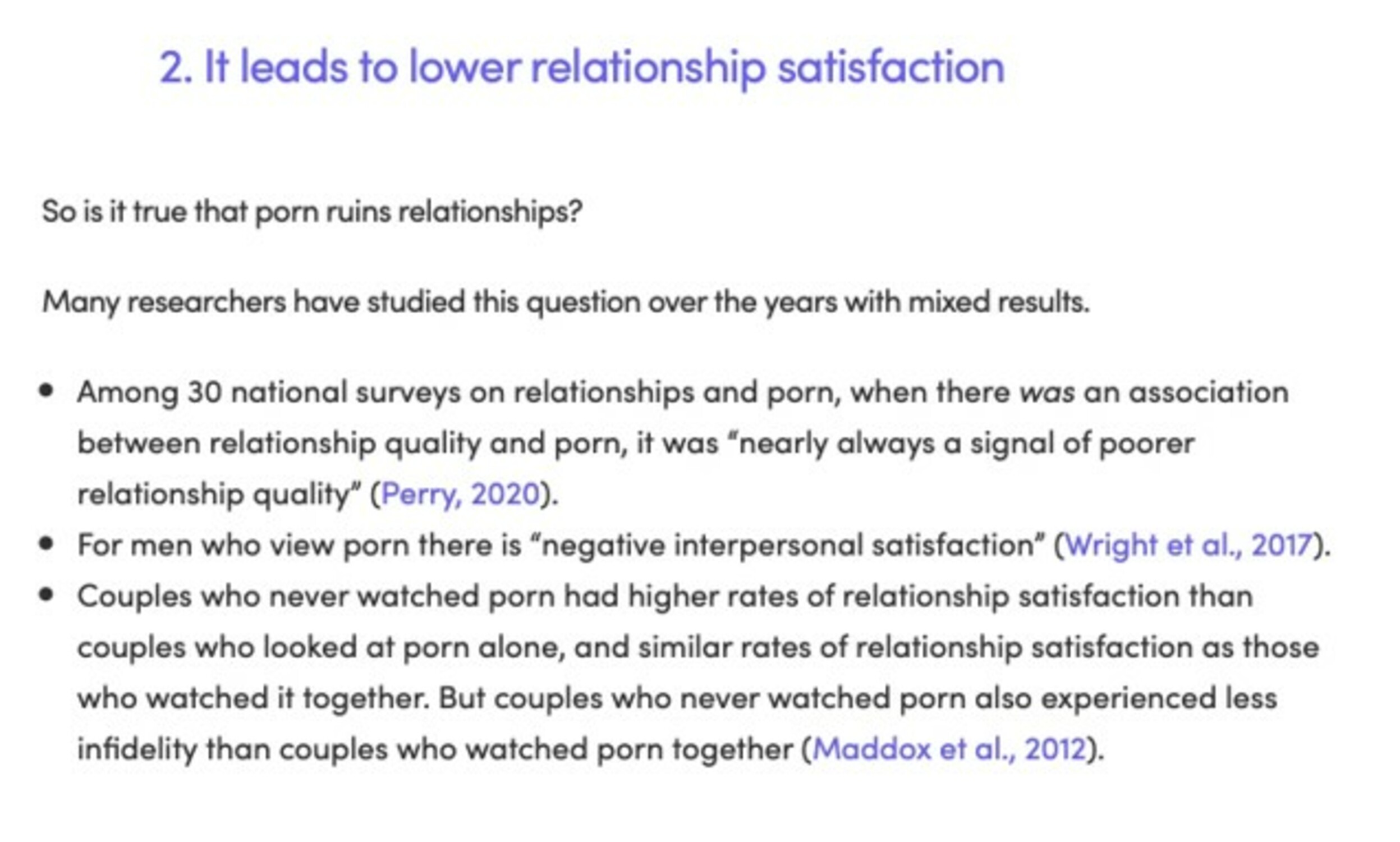
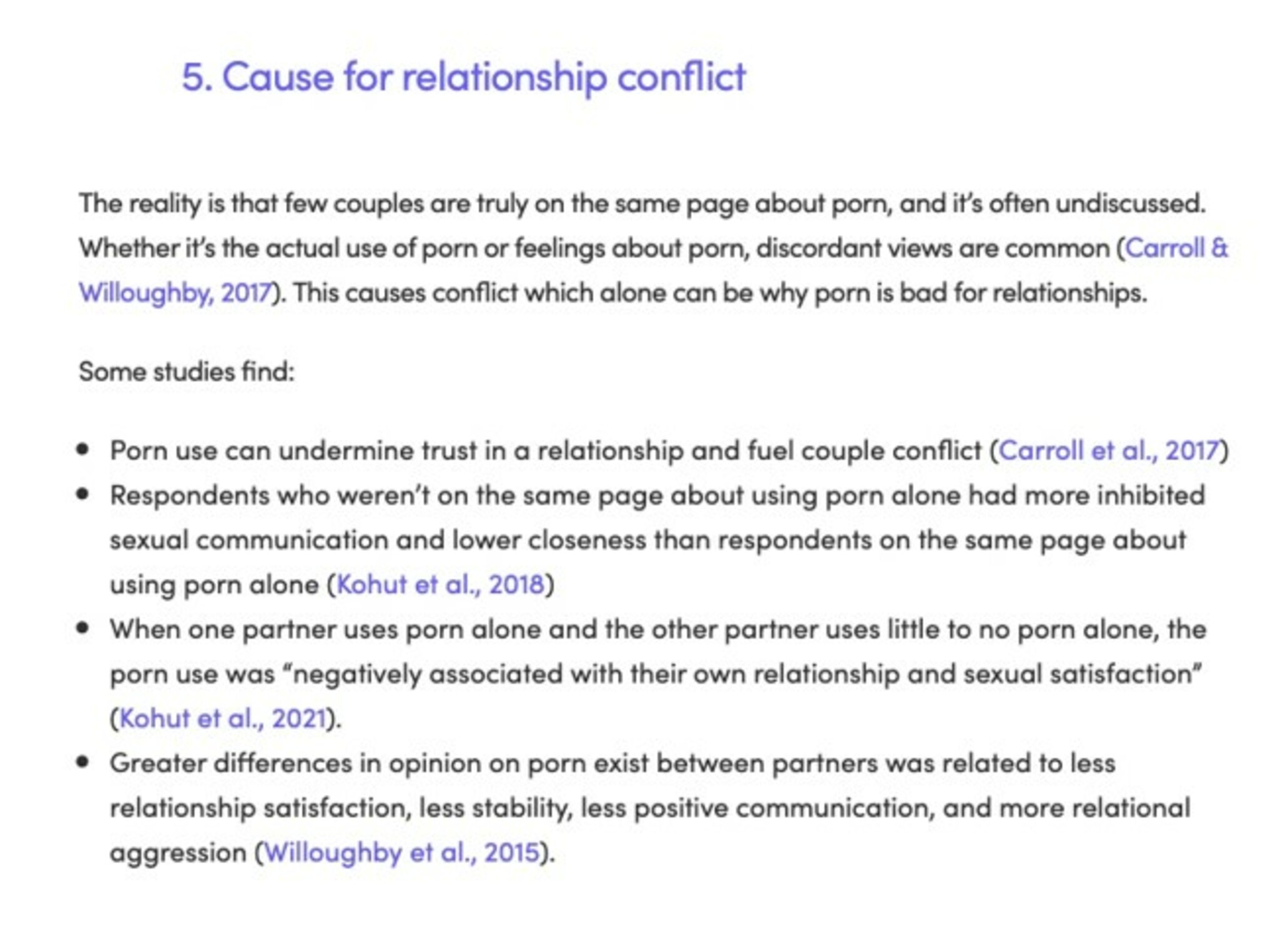
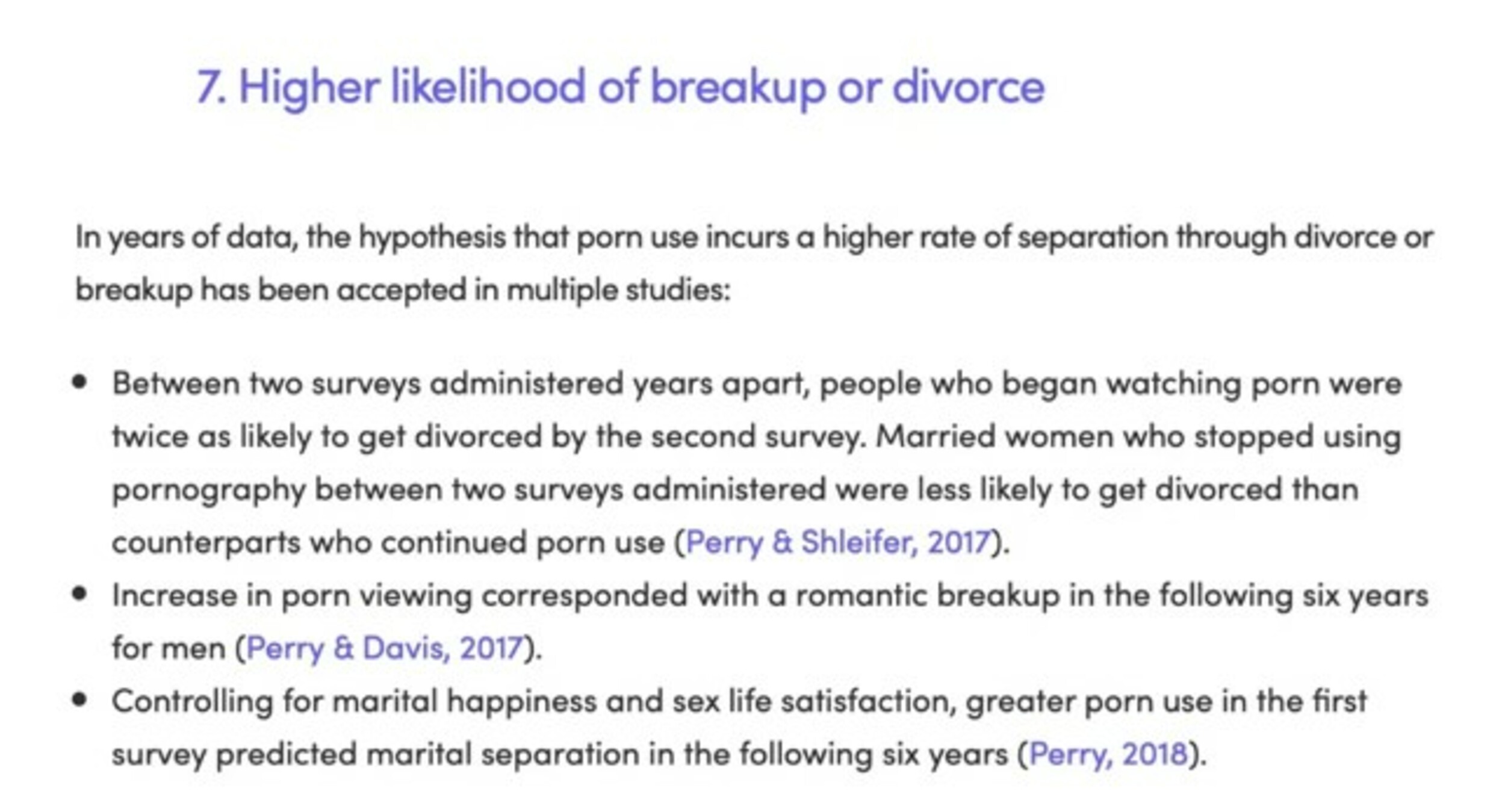
And that of course has a detrimental effect on children, who naturally are inflicted with emotional trauma by their parents’ divorce. Children in households where at least one parent consumes porn “increases the risk of children being exposed to sexually graphic images” and may result in these kids experiencing “anxiety, fear, obsession with sexuality, sleep disturbances, and behavioral issues,” according to a Family Research Council (FRC) report.
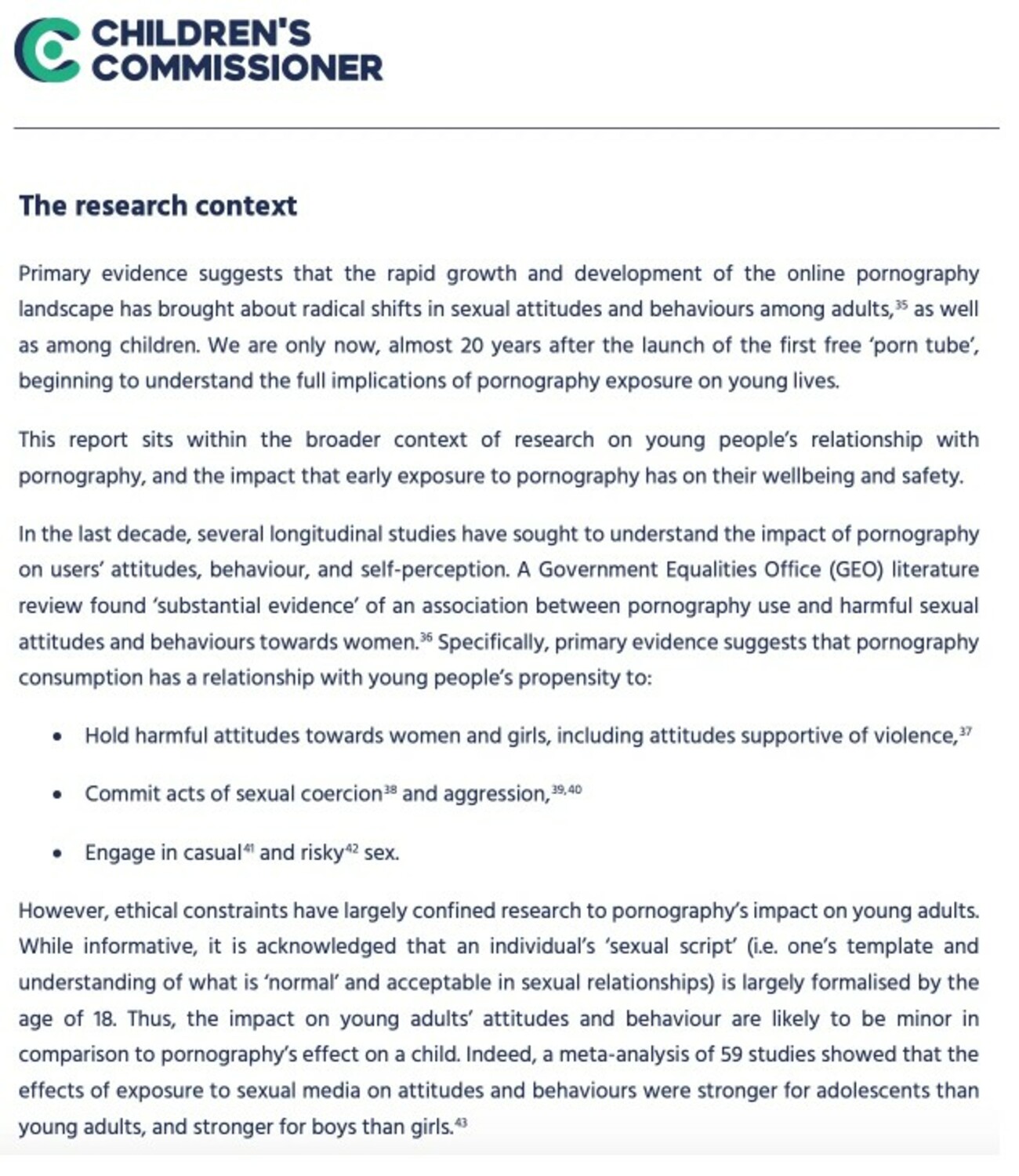
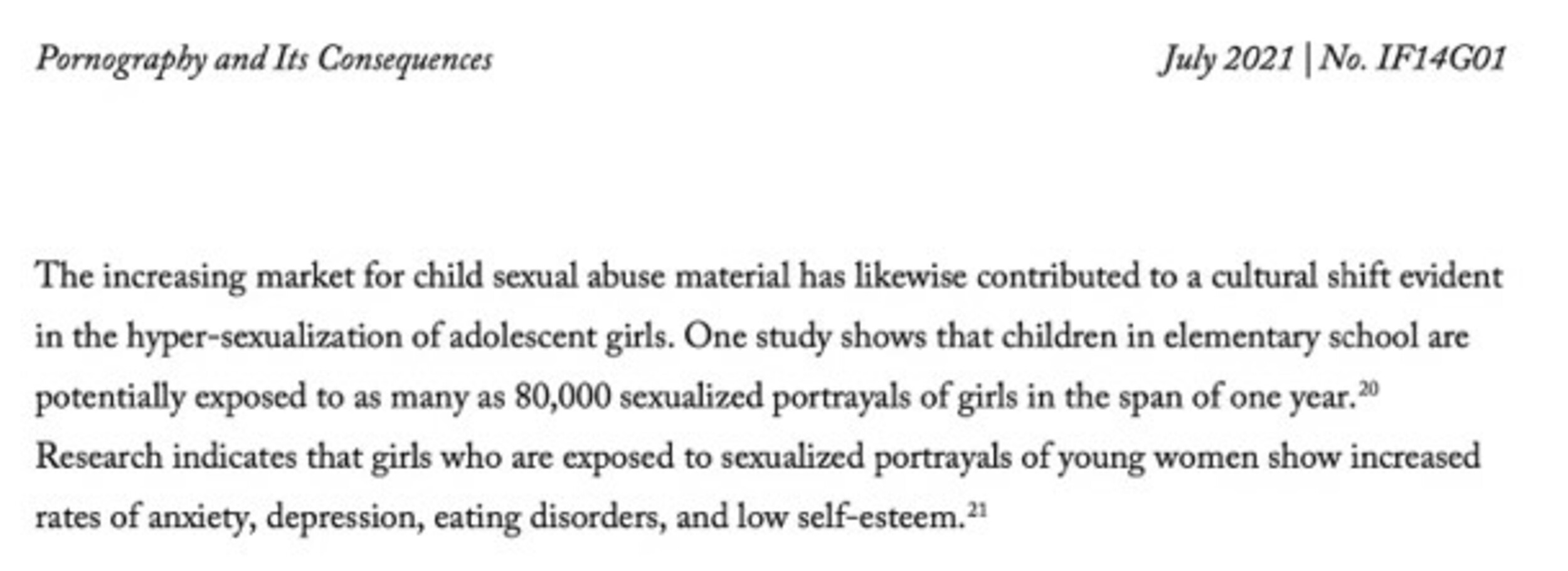
We recommend that the Chippewa Valley Schools Board of Education rule that all young adult and adult books with any sort of sexually explicit material in it be removed from the Chippewa Valley Schools and help protect the innocence of children.
